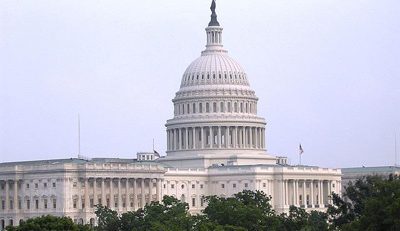Retirement Planning: The Role of Employee Benefits
Retirement planning can be a daunting task, but it’s essential for everyone, especially for federal and postal employees. Federal and postal employees have access to unique retirement benefits, including pensions and Thrift Savings Plans (TSPs), which can play a significant role in their retirement planning. In this blog post, we’ll discuss the importance of retirement planning for federal and postal employees and the role that employee benefits play in this process.
The Importance of Retirement Planning for Federal and Postal Employees
Federal and postal employees have access to various retirement benefits, but these benefits alone may not be enough to support their retirement needs. Retirement planning is crucial to ensure that they have enough money to support themselves after retirement. Planning for retirement involves estimating retirement expenses, evaluating sources of retirement income, and developing a plan to save and invest for retirement. The earlier employees start planning, the easier it is to accumulate the funds needed to support their retirement.
The Role of Employee Benefits for Federal and Postal Employees
Federal and postal employees have access to a range of employee benefits, including retirement benefits. Here are some of the most common retirement benefits offered to federal and postal employees:
Pension Plans: Federal and postal employees may participate in a defined benefit pension plan, which provides a guaranteed retirement income based on factors such as salary, years of service, and age. The amount of retirement income is determined by a formula, and employees receive monthly payments for the rest of their lives.
Thrift Savings Plans (TSPs): The TSP is a defined contribution retirement plan, similar to a 401(k), which allows employees to contribute a portion of their salary to a retirement savings account. Employees can choose to invest their contributions in various investment funds, and the account grows tax-free until withdrawal. Employers may also make contributions to the account, either matching the employee’s contributions or making a flat contribution.
Social Security: Federal and postal employees also pay into the Social Security system, which provides retirement, disability, and survivor benefits. The amount of Social Security benefits received is based on the employee’s earnings history, and employees may start receiving benefits as early as age 62 or delay receiving benefits until age 70.
These retirement benefits are valuable to federal and postal employees, but it’s important to understand how they work and how they fit into their overall retirement plan. Employees should take advantage of any employer matching contributions to retirement accounts and make informed decisions about how to invest their retirement savings.
Retirement planning is essential for everyone, but it’s especially important for federal and postal employees who have unique retirement benefits available to them. These benefits, including pensions and TSPs, can provide an additional source of retirement income and help employees accumulate the funds needed to support their retirement. As a federal or postal employee, it’s essential to understand the retirement benefits available and make informed decisions to maximize retirement savings.
In addition to the retirement benefits mentioned above, federal and postal employees may have access to other employee benefits that can also play a role in their retirement planning. These benefits may include healthcare, life insurance, and long-term care insurance. Understanding these benefits and how they can impact retirement expenses is crucial when developing a retirement plan.
Healthcare is an essential benefit for retirees, as healthcare expenses tend to increase with age. Federal and postal employees may be eligible for Federal Employees Health Benefits (FEHB) in retirement, which provides health insurance coverage similar to what they had during their working years. The cost of FEHB coverage is shared between the employee and the government, and employees can choose from various health plans.
Life insurance can also play a role in retirement planning, especially for employees who have dependents. Federal and postal employees may participate in the Federal Employees Group Life Insurance (FEGLI) program, which provides life insurance coverage to employees and their eligible family members. The cost of FEGLI coverage is based on the employee’s age and coverage level, and employees can choose from various coverage options.
Long-term care insurance can also be an essential benefit for retirees, as the cost of long-term care can be significant. Federal and postal employees may have access to the Federal Long Term Care Insurance Program (FLTCIP), which provides long-term care insurance coverage for employees and their eligible family members. The cost of FLTCIP coverage is based on the employee’s age and coverage level, and employees can choose from various coverage options.
In conclusion, retirement planning is critical for federal and postal employees, and employee benefits can play a significant role in this process. Understanding the retirement benefits available and how they fit into an overall retirement plan is essential for maximizing retirement savings and ensuring a comfortable retirement. Employees should take advantage of any available retirement benefits and make informed decisions to achieve their retirement goals.



